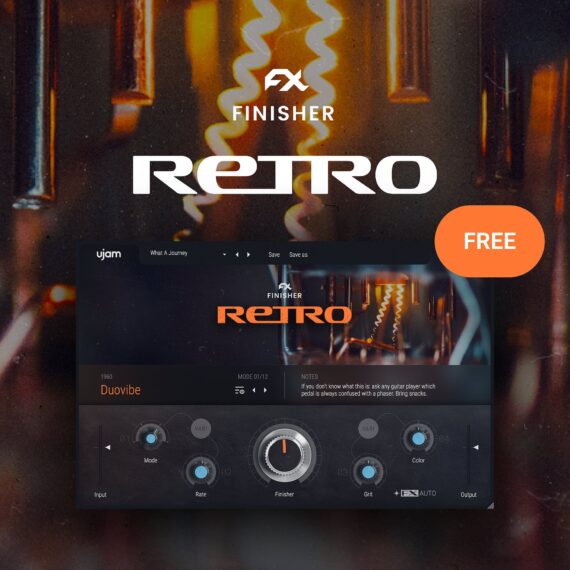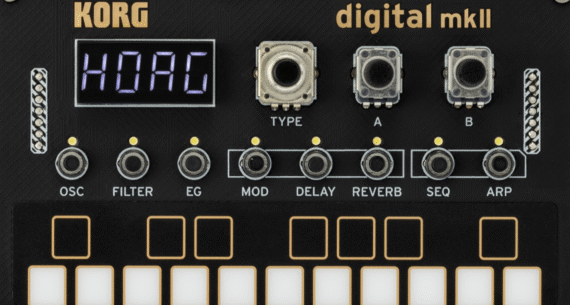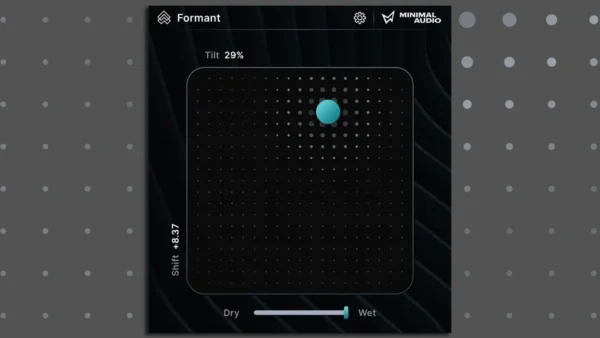Finisher RETRO, Free Vintage Effects Plugin
UJAM let us know that Finisher RETRO, a comprehensive collection of vintage-inspired effects, is available as a free download from September 25 through December 7, 2025.
Finisher RETRO combines analog filters, delays, reverbs, tube drive, legendary choruses, phasers, and tape saturation.
“Vintage hardware gear is hard to come by and harder to use. There are software emulations, but they can be pricey,” says UJAM COO Wolfram Knelangen. “So, for a limited time, we‘re giving musicians an opportunity to explore vintage sounds with this gift that sounds amazing, with virtually zero learning curve, and a chance to get to know UJAM along the way”.

Features:
- Tape Aesthetics — saturation, wow & flutter, hiss, dropouts, echo
- Vinyl Character — crackle, rumble, stylus noise, lo-fi instability
- Analog Gear Coloration — tube saturation, spring & plate reverb, analog delay
- Early Digital Artifacts — bitcrushing, sample rate reduction, early digital chorus/reverb
- Classic Modulation — phasing, flanging, tremolo, vibrato, rotary speaker effects
- Noise & Degradation — noise layers, ambient hum, environmental patina
Finisher RETRO is available now in VST 3, AU 2, and AAX formats for Mac and PC, with native support for Apple Silicon. The plugin is free to download from September 25 through December 7, 2025.



